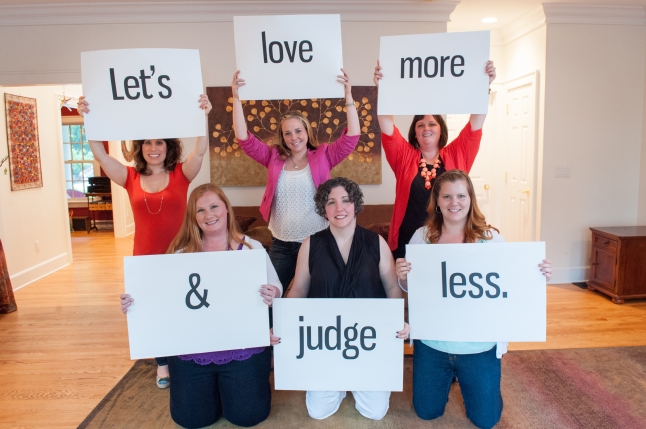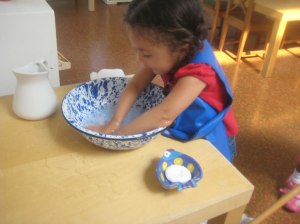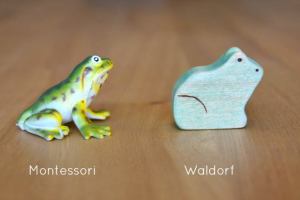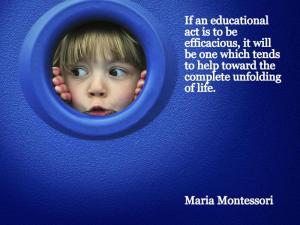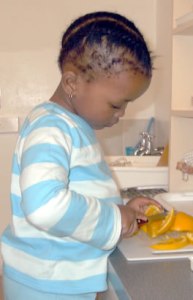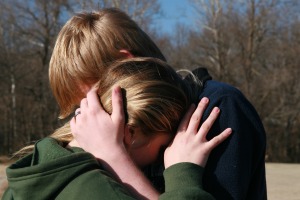Julie Neal and I teach Positive Discipline (from Adler, Dreikurs and Jane Nelson). In the parent educator training, we are given a fat book of experiential exercises to help participants feel the way children feel when we act certain ways. There are also exercises to help adults examine why and how we do what we do, and feel what we feel. All fascinating!
At the end, we often do an activity called : The Continuum of Change (Positive Discipline Association). In this, we are invited to remember a hard learning that involved brain and body. The point of the exercise is to help us forgive ourselves for not knowing everything, and for feeling uncomfortable during the learning. It has been so long since we learned something completely new, of COURSE it feels awful, like stalling out in the middle of heavy traffic, or making a turn onto gravel and flying over the handlebars! One can think of riding a bike, driving a car, using manual transmission, or learning to knit. Remember that mind-blowing struggle at the beginning?
The continuum goes something like this: first, you are unconsciously unskilled. You don’t even know what you don’t know (maybe how your preschooler sees you driving; just turning the wheel- la dah!) Then, you are consciously unskilled: “oh, I will NEVER get this! What do I do now???? Oh, %$^&.”
Next, you get to be consciously skilled: “I can do this, if I concentrate and stick out my tongue, and don’t breathe, and now my brain is fried. I need a break!!”
After a long time, some say 10,000 hours, you get to be unconsciously skilled. That is when you can drive the car, eat a sandwich, talk to your kids in the back, and decide what to have for dinner, all without missing a beat.
And, how do we get to Carnagie Hall? Practice, practice, practice. For adults, this process is terribly uncomfortable, perhaps because we have perfected so many skills, that it feels AWFUL to go back to incompetence. So hats off to those who take up a new instrument, or a new language, as adults!
On to children. As you can imagine, they live a lot of the time between unconsciously unskilled and consciously unskilled. They are not good at much, especially the first time. And, if they live with mostly adults, then it is discouraging that everyone else is good at EVERYTHING! Why bother?
Fortunately, children seem to be hard wired to learn hard stuff. Like walking and speaking a language, with grammar and all. So, that’s what they are good at. Montessori saw, however, that, if we gave children a lot of opportunities to become consciously, then unconsciously skilled, from a very young age, they felt good, and learned skills and confidence that allowed them to consider learning more and more things. The movement from consciously unskilled to consciously skilled did not feel so impossible. In fact, it might even be fun, and definitely worth the risks.
So, she created a lot of self-corrected learning materials, that intrigued hands and minds. She also placed importance on something she called: Practical Life (or Grace and Courtesy). This is the process of actively teaching self-care and life skills, in a fun, accepting way, from blowing your nose and wiping your own bottom, to how to ask for help or tell someone to leave you alone. It also can include dressing yourself, folding clothes, hanging up your coat so that you can find it again, cooking, cleaning…anything that is “practical” to “life” in your culture, would be useful. And, of course, at home, things that your family and your child value: washing the car, gardening, taking care of pets, making art, playing music….
So, we take the time to break down many tasks into small parts, and give many, many stress free opportunities to practice, with as much help as needed, so that children will have many, many abilities at a young age, and feel competent in many things, before they interact with much that is “academic.”
Think of the intense satisfaction you feel as you have mastered something. Don’t all people, including children deserve the opportunity to feel that they are masters in many things? They can do so, if they are given opportunity, time, instruction (if needed) and support.
